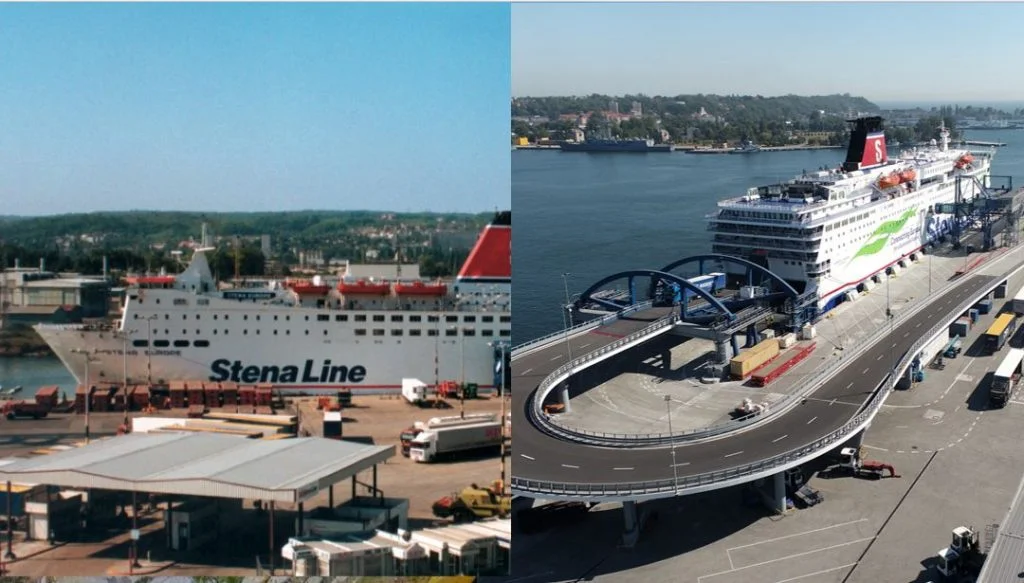Company news
In May 1995, the first Stena Line ferry—Lion Queen—set sail from Karlskrona to Gdynia. It was a bold move, launching a new maritime route from scratch, with limited infrastructure, and a lot of uncertainty. The route operated six times a week each way with a single ferry.

Fast forward 30 years, and the transformation is striking. Today, the Gdynia–Karlskrona route operates with three vessels, including the modern E-Flexer ferries Stena Estelle and Stena Ebba. Each of them carries up to 1,200 passengers and 200 freight units, with enhanced energy efficiency and shore power capabilities to reduce emissions. The once small-scale operation has grown into a robust service that plays a key role in the European transport network, forming part of the TEN-T corridor that links the Baltic Sea with the Adriatic.
Much of this growth is rooted in long-term thinking and continuous investment—in both fleet and port infrastructure. The move to Gdynia’s new Public Ferry Terminal in 2022 enabled operating with larger vessels. On the Swedish side, as co-owners of the Port of Karlskrona, Stena Line is also investing in the development of the port area, including smart gate systems and drop & collect solutions that offer greater flexibility for freight customers.
“We have built this route built from the ground up and developed consistently over 30 years. Today, it’s a stable and sustainable business,” said Marek Kiersnowski, Trade Director of Business Region Baltic Sea South. “It’s one of the most important ferry links on the Baltic and a key part of the European logistics system.”
Over three decades, the route has carried more than 12 million passengers and 2.5 million freight units, transforming from a regional connection into a strategic part of the TEN-T transport network, linking Scandinavia with Central and Southern Europe. Stena Line’s commitment to sustainability, innovation, and resilience ensures that the Gdynia–Karlskrona connection will remain a trusted link between people, places and societies.